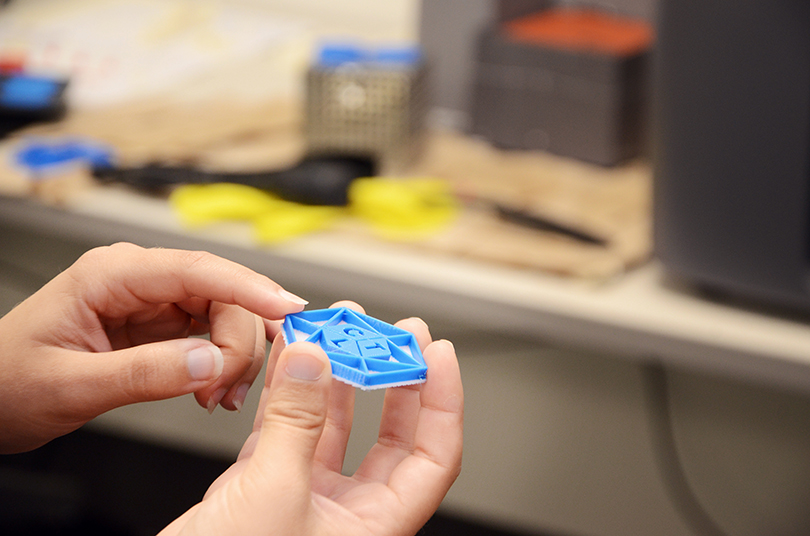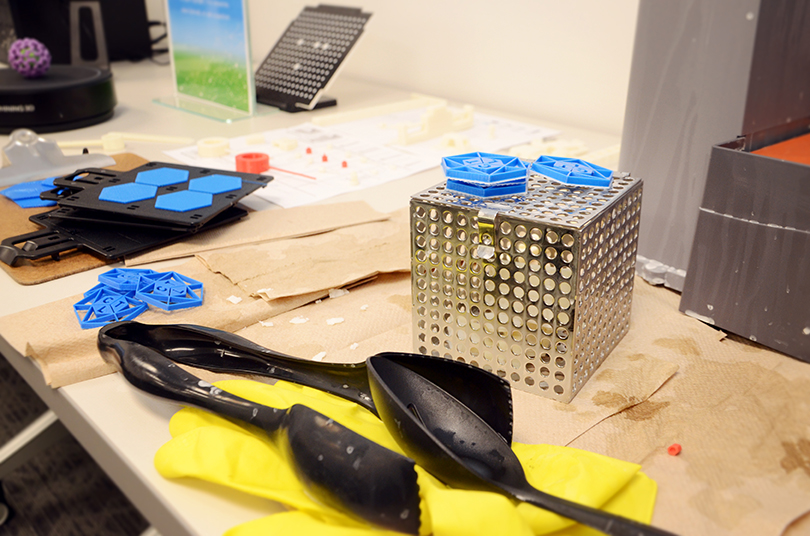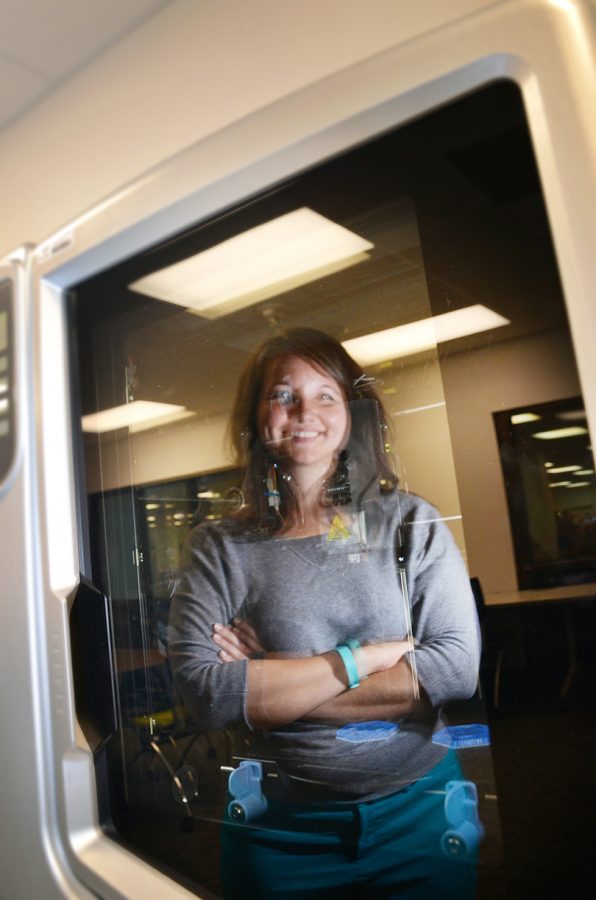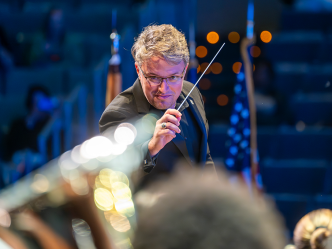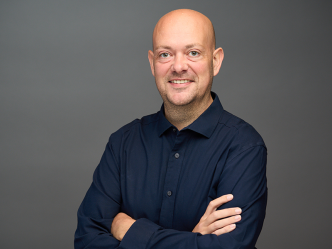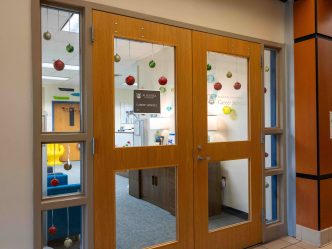Faculty, staff and students from both the Summerville and Health Sciences campuses will have a chance to visit and explore the new Creative Technology Lab in the Greenblatt Library on the Health Sciences Campus Friday, Aug. 17 during the space’s grand opening ceremony.
Funded in part by a National Network of Libraries of Medicine Technology Improvement Award, the CTL will house several tools for student and faculty “makers,” including a 3D scanner, a Raspberry Pi programming starter kit, as well as the lab’s main attraction, two state-of-the-art 3D printers.
Natalie Logue, access services librarian and the CTL’s maker guru, said the space offers new and exciting opportunities for students and researchers on both campuses.
“More and more, libraries are shifting away from being seen as just ‘book spaces,’” she said. “In many ways, maker spaces are the future of education and health care.”
Some students and researchers on the Health Sciences Campus have already taken notice. Logue, who’s current projects include working on a model brain for surgery students and occasionally printing bones, said the printers in the CTL are exceptional for projects that require a closer look at subject material. Right now, that ranges from printing 3D models of CT scans to conceptualizing new tools for residents in Augusta University Medical Center’s Emergency Department.
While breaking into 3D printing might sound expensive, Logue says students should rest assured: Printing something for a project, personal or research-related, won’t break the bank.
“Student fees have helped cover a lot of the cost of printing,” she said.
That’s been tremendously helpful, especially during the CTL’s “testing phase,” when Logue and fellow library staff were eager to see the equipment’s capabilities.
“When we first started, students could print out toys; we had some students print ornaments for necklaces,” Logue said. “We wanted to see what was really possible for students with a low level of skill [in 3D modeling].”
Thankfully for students (and for researchers) lacking a background in 3D modeling, there are massive repositories of free 3D models available online, including a treasure trove of medical designs housed in the National Institutes of Health 3D Print Exchange.
That means the only barrier for students hoping to use the CTL is time.
The average print, according to Logue, takes around three hours. The longest she’s seen took upward of 16 hours. While not all prints will take days to complete, she cautions that students and researchers hoping to get a print should contact her sooner rather than later.
“We’ll always welcome students’ creative projects,” she said. “But the line for printing could get pretty long.”
Contact Natalie Logue for more information about the Creative Technology Lab.
 Augusta University
Augusta University
